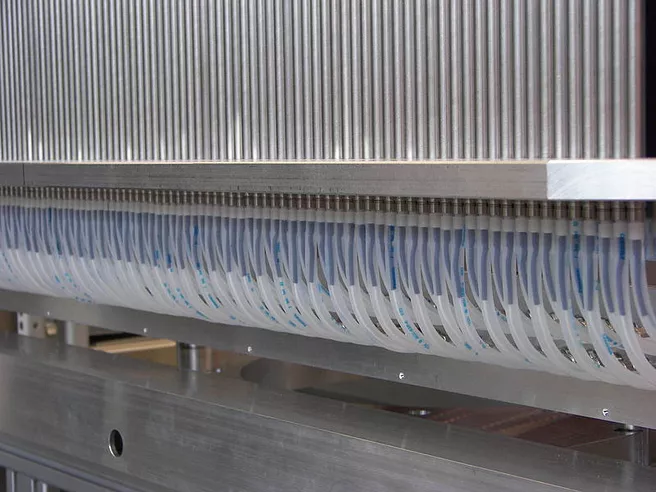The Institut Laue-Langevin in Grenoble, France, invited the Directors of all the major neutron facilities in Europe, the US, Australia, Japan, and China to meet and discuss how to find solutions to such global problems as new detectors without helium-3, common software platforms for data reduction, and data policy. FRM II will play an active role in the planned research programme and participate with a significant contribution to one of the three development lines.
At their meeting on 5 March, it was agreed to establish a joint programme with three development lines to develop alternative technologies for neutron detectors.
Helium-3 has been indispensable for many decades for the construction of high-efficiency detectors for neutron scattering research into condensed matter. Helium-3 is a by-product of tritium decay after 12 years. Due to the nonetheless encouraging reduction in stocks of tritium for military purposes, the production of helium-3 has drastically decreased in recent years. At the same time the demand for helium-3 for a range of applications, including new instruments at existing and emerging neutron scattering facilities worldwide has dramatically increased.
This meeting represents an important step forward in securing the future development of novel neutron instruments which require large area detectors but will no longer be able to use helium-3. It also underlines the value of a regular meeting between Directors of major neutron facilities, inaugurated during the 2009 International Conference for Neutron Scattering in Knoxville, USA, and set to continue alongside future major neutron meetings.
